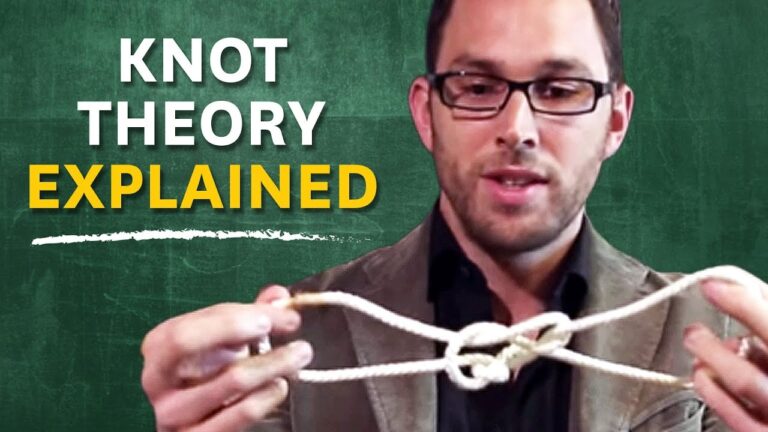
Knot a Problem
For their aesthetics and spiritual symbolism, knots have fascinated humans since prehistory. Mathematicians have been drawn to the study of knots since the 18th century.
First developed in 1771, becoming a discipline in the 19th century, knot theory is simply the study of mathematical knots.
“If you take a piece of rope and tie an arbitrary knot and then seal the ends together, how can we tell if any two knots are the same?” asked Aaron Lauda, professor of mathematics at USC Dornsife. “Knot theory provides a series of tools and techniques we can use to determine that.”
Lauda uses knot theory to teach students how mathematical knowledge is acquired and processed. He demonstrates by laying a knotted rope flat on a table so all of the crossing points are clearly visible.
“By looking at the diagram of this knot, I can calculate a polynomial unique to this knot,” Lauda said. “By wiggling two knots around I can maybe make them look the same, but if their polynomials are not equal then we know the knots are not identical.”